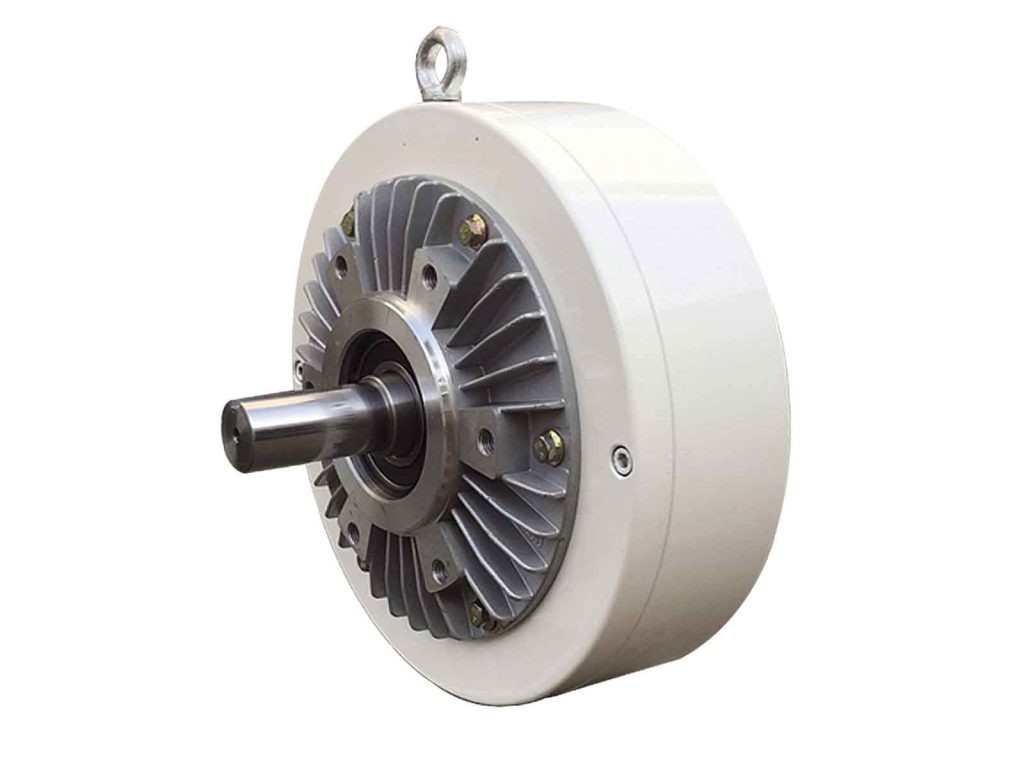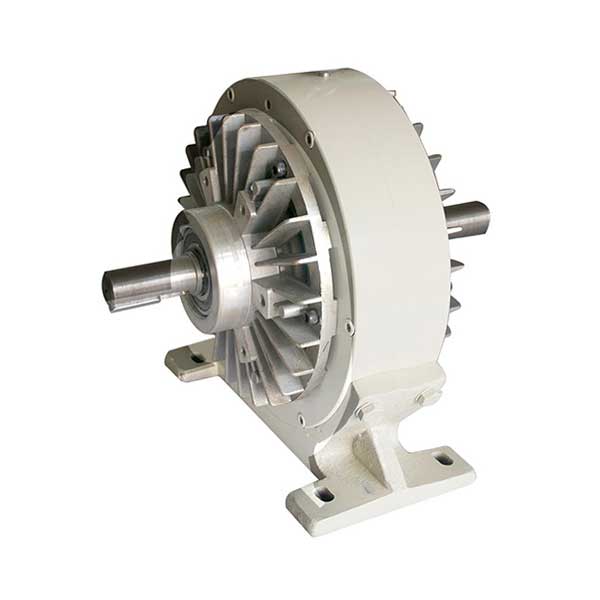Selecting the right magnetic Particle clutch for your tension control system is a critical decision. One of the key factors that often goes overlooked is whether the torque size can meet the needs of your specific application. In this article, we will delve into why it is essential to consider torque size when choosing a frame type magnetic Particle clutch.
Before we dive into the significance of torque, let’s briefly understand the basics of magnetic Particle clutches. These devices are commonly used in various industrial applications to control the tension in materials like webs, wires, and films. They operate on the principle of electromagnetic force, which allows for precise and smooth torque control.
Torque Requirements in Tension Control
- Achieving Consistency : One of the primary reasons to carefully assess torque size is to ensure consistency in your tension control system. Inconsistent torque can lead to variations in material tension, resulting in product defects and production inefficiencies. By selecting a magnetic Particle clutch with the right torque capacity, you can maintain consistent tension levels.
- Adapting to Changing Conditions : Manufacturing processes often face changing conditions, such as different material types or varying production speeds. In such scenarios, having the flexibility to adjust torque becomes crucial. A properly sized magnetic Particle clutch allows you to adapt to these changing conditions seamlessly.
Factors Influencing Torque Requirements
- Material Characteristics : The type and characteristics of the material being processed play a significant role in determining torque requirements. For instance, thicker or more rigid materials may demand higher torque to maintain proper tension.
- Production Speed : Production speed is another critical factor. Faster production lines may require higher torque levels to maintain consistent tension, especially when dealing with high-speed printing or packaging processes.
- Diameter and Weight : Consider the diameter and weight of the material roll. Larger rolls or heavier materials will exert more force on the clutch, necessitating a clutch with adequate torque capacity.

Selecting the Right Magnetic Particle Clutch
- Torque Capacity vs. Safety Margin : When choosing a magnetic Particle clutch, it’s essential to strike a balance between torque capacity and safety margin. While it’s tempting to opt for a clutch with excess torque, it may result in unnecessary costs and energy consumption. Conversely, selecting a clutch with insufficient torque can lead to performance issues.
- Consultation with Experts : When in doubt, consulting with experts in the field can be invaluable. They can help you assess your specific needs and recommend the most suitable magnetic Particle clutch for your application.
Installation and Maintenance
Proper installation and maintenance are essential to ensure that the selected magnetic Particle clutch continues to perform optimally throughout its lifespan. Regular inspections and adjustments may be necessary to account for wear and tear.
Conclusion
Selecting the right frame type magnetic Particle clutch for your tension control system requires careful consideration of torque requirements. This critical factor influences the consistency and adaptability of your system, impacting product quality and efficiency.
By understanding the material characteristics, production speed, and other influencing factors, you can make an informed decision when choosing a clutch. Remember to strike a balance between torque capacity and safety margin, and when in doubt, seek expert guidance. Proper installation and maintenance will further ensure the longevity and performance of your magnetic Particle clutch.
Incorporating these considerations into your selection process will undoubtedly lead to a more effective and reliable tension control system for your industrial applications.
